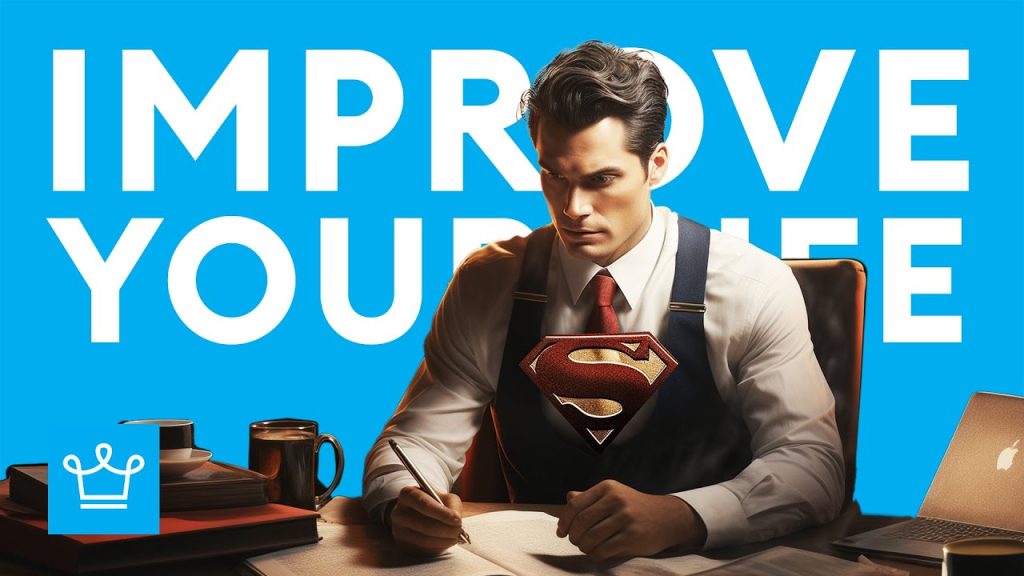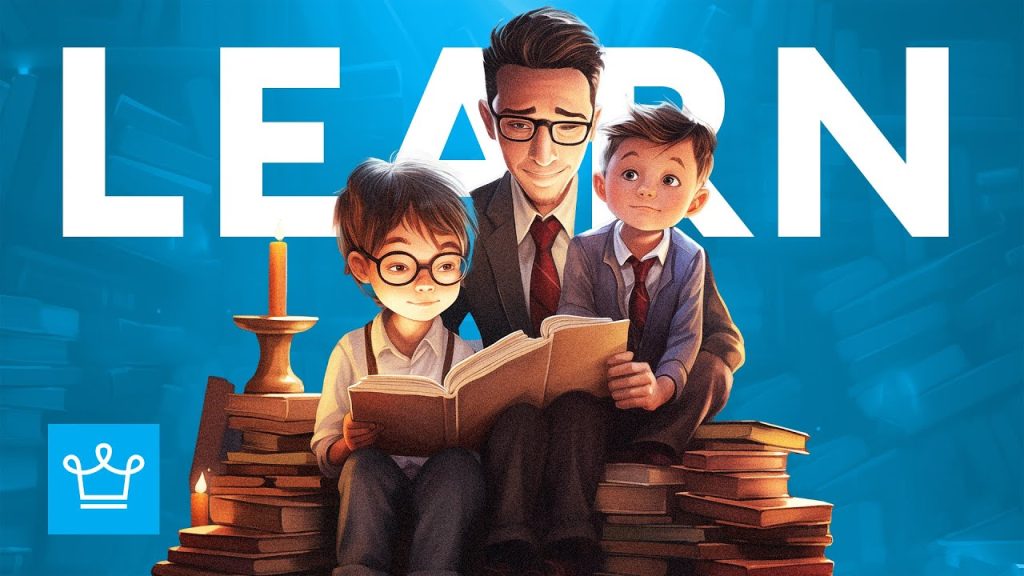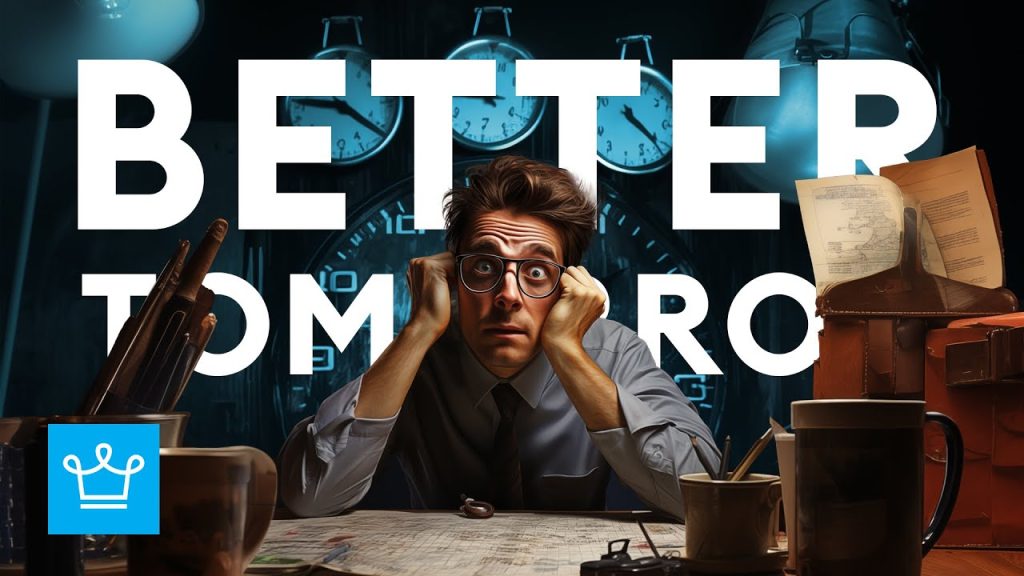What if We Told You Some of the Mega Corporate Buildings That You’ve Seen, Didn’t Even Have a Single Brick When They Started?
So, you’re itching to get a business up and running. You’ve got bags of enthusiasm, great ideas, and can’t wait to start putting in the work. But there’s one thing holding you back — you’ve got no money. Well, as you’re about to see — no problem.
Don’t believe us? Well, we’re going to give you our pick of businesses that started out with no — or practically no — money.
Because you don’t need cash equity when you can use the best kind of equity there is —putting in the sweat and the hard work, together with a great idea. As Mark Cuban puts it, ‘sweat equity is always the best equity.’ And it can beat VC equity by a long way — because unlike bringing in a venture capitalist, when you bootstrap it, you don’t give away control of a large part of your business.
Let’s dive in and take a look at who’s done this successfully.
Just like there are ways of starting a business without money, there’s a way to digest this valuable information without reading a word. You can simply watch the video version:
With that rolled out, let’s get into the first success story.
1
Nasty Gal
First up, here’s one to show you that sometimes you don’t even need any specialized knowledge. If you know your product well, and have a passion for it, you can start a successful business with no money from flipping stuff — just like Nasty Gal founder Sophia Amuroso did.
Back in 2006, she was broke and needed a way of paying her bills. She hit on the idea of finding vintage clothes in thrift stores and reselling them at a mark-up. She kept her inventory in her bedroom, found customers through her Myspace account, and sold them on her eBay store, Nasty Gal Vintage. Yep, it’s got bootstrapping written all over.
Nasty Gal ended up doing quite a bit more than helping Sophia pay her bills. With its edgy style, it soon went viral. She moved off eBay onto her own site — and moved her inventory from her bedroom into a warehouse.
Since then she’s been on the cover of Forbes and released her autobiography #Girlboss, which was adapted into a Netflix series.
2
Quest Nutrition
In some cases you can manufacture a product and sell it, without any previous experience in the field.
That’s exactly what Tom Bilyeu did. He’d just lost his well-paid marketing job. And even more importantly, he’d also lost 60 pounds, and wanted to help some overweight family members to do the same. That explains his interest in fitness and nutrition — and how he realized there was a market for making protein bars.
When he saw how much it would cost to buy the equipment for making the bars, he built the it all himself, his kitchen. To get the word out, he sent handwritten letters along with protein bars to fitness influencers. In its first two years Quest Nutrition made close to $10 million. Since then, they’ve moved from in e-commerce before moving into retail, and have branched out to protein powder, pasta and more.
3
Shutterstock
Of course, having a specialist skill will help. And if you happen to have two skillsets you can combine and turn into a great idea — the sky’s the limit. Just look at Shutterstock founder — software developer and an amateur photographer, Jon Oringer. He didn’t have cash to start his business, but he did have another kind of equity — a heck-ton of high quality photos he’d taken.
Knowing that any kind of business needs good quality HD photos to promote it, he took 30 000 photos from his personal photo library. And he used his software skills to create a subscription-based stock photo service.
Soon other photographers were contributing. And Shutterstock became a go-to for marketers looking for images. Facebook now uses it in its ad creation tool. And it’s worth over $2 billion. That’s a way to start a business with no money.
4
Craigslist
When it comes to skills that can really help you start a business without capital, programming is high up there. We’ll see this in a few examples. Including this one, where the lightbulb idea happened by accident.
In the early days of the internet — to be specific, 1995 — Craig Newmark had just arrived in the San Francisco Bay Area and wanted a way to connect people and spread the word about local events. Yep, there was no Facebook at the time, remember. He created a page to list what was going on in San Francisco. Pretty soon everyone in town was using it — and wanting to pay for classified ad space on there. That meant a revenue stream that he hadn’t even planned.
Craig called the page ‘San Francisco Events’. But its users started calling it Craig’s List. And they helpfully suggested that he change the name to that.
And you don’t need us to tell you where Craigslist is now. But if you really want us to, it’s one of the USA’s top 20 websites with revenue of over a billion dollars a year.
5
Shopify
Back in 2004, Tobias Lutke and Scott Lake wanted to build an online snowboard store. They looked at a bunch of software systems but couldn’t find anything that hit the mark. Problems included bad user experience, and not being able to customize the background.
It just so happened that Tobias was a software engineer. So, he used his skills to do it himself and build the software he wanted. He created a user-friendly interface for merchants who’d never sold online before. And yes — he made sure you could customize the background.
The site was a huge hit with other users. Tobias and Scott realized that instead of selling snowboards — they could make a better business out of helping other people sell online, without investing money.
Nowadays, Shopify hosts over 300 000 shops for individual sellers, and generates over $20 million in revenue a month.
If you’re thinking of setting up the world’s biggest e-commerce platform, you may have some serious competition — Tobias and Scott already did that, remember. But if you want to set up your own online store — to sell something you’ve made yourself, goods you want to flip, or dropship — here at Alux, we highly recommend Shopify. We’ve been partners with them for years. So why not check out what they have to offer at alux.com/sell. And take the first step to get your online business up and running, hassle free.
6
Quizlet
For any high school students watching, thinking about graduating and then starting up your own business — we’ve got one question. Why wait until then? It sure didn’t stop 15-year-old Andrew Sutherland back in 2005.
To be fair, Andrew didn’t actually plan on founding one of the world’s best-known study apps. He just wanted to pass his French exams, and memorize those long vocabulary lists his teacher was giving him. Luckily, Andrew’s computing knowledge was well above his French vocab — yep, programming again. So he built a website to display flashcards, and test himself in a fun way.
Soon he was acing his tests. And once he started telling his classmates about it, so were they. Even the teachers loved Quizlet and word spread. In 2011 Andrew dropped out of college to work on it full time. And it now has over 50 million users.
7
Ipsy
Time for another way of getting a business up in the air from day one, with no money whatsoever. Build an online community. Once you’ve done that, you have an audience to sell to — without any marketing fees.
Case in point — make-up artist and YouTuber, Michelle Phan. In 2011, her channel had eight million subscribers eagerly watching her makeup tutorials. That meant a nice advertising revenue for Michelle. But she figured — why stop there?
So she founded a make-up subscription service, Ipsy, selling beauty product samples in monthly Glam bag for $10. They were an immediate hit with her fanbase, and she turned a profit from it straight away.
It now has over 3 million subscribers, and over $500 million a year in revenue.
8
CoolMiniOrNot
What if your hobby’s not quite as fashionable as Michelle’s — kind of geeky, even? Well, if there are enough people into it, you can totally build a fanbase — and then use it to start a business. That’s exactly what CoolMiniOrNot proved.
CoolMiniOrNot — abbreviated to CMON – yep, cool acronyms never hurt — started out as a website where Dungeon and Dragons gamers showed off their painted figurines and gave each other feedback on their skills with a paintbrush.
It became a hit on the role-playing game community. And its founders thought, why not come up with their own games? They used Kickstarter campaigns to fund the games — and that meant they didn’t have to put any money up-front for production, as they’d already raised it. Since then, they’ve raised $20 million from over 20 Kickstarter Campaigns.
9
Lynda
If you’ve got information to share, and that people will find useful, a great way to start a business for a low budget, is online courses. And one of the first people to do it was Lynda Weinman.
In the 90s, she was teaching web design. All the technical books on the market were poor, so she began producing materials herself.
It started with a book — Designing Web Graphics, considered to be the first of its kind. And when Lynda figured that the domain name – Lynda – with a y – was available, she paid $35 for it. In 2002 she started using it to publish training films for her students. Eventually it turned into a huge content library business and it didn’t need any money from the outside investors until 11 years later. And eventually, LinkedIn bought it for $1.5 billion.
10
AdaFruit
In 2005, MIT student Limor Fried should have been working her thesis. Instead she was procrastinating. But we’ve got to admit, procrastinating doesn’t get much more productive than this.
A big electronics enthusiast, she was building a portable music player from components. Her classmates started asking how they could build their own. Limor saw the potential and put together electronics starter kits for them, made from off-the-shelf components.
That was the start of electronics hobbyist company, Adafruit — named after Ada Lovelace, who’s credited as the world’s first ever computer programmer. Limor also made the smart move of producing content that made electronics DIY fun. Yep — online course again. And AdaFruit now makes over $30 million a year.
11
Scentsy
What if you have a great business but can’t afford to spend loads of money on Facebook ads? Well, we’ve already mentioned a few products that started by word of mouth. But if the product gets people talking, there are other ways to get the word to spread faster. In this case, multi-level marketing.
Scentsy started out in 2003 with the idea of aromatic candles decorative warmers with wax that melts from the heat of a lightbulb, not from a flame. But it was when they hit on the idea of using multi-level marketing — selling directly to customers at home parties, that things really took off. Now there are over 130 000 independent Scentsy consultants worldwide and over $450 million in annual sales.
If the numbers didn’t surprise you, wait till you find out how much the Most Expensive Candle In The World costs.
12
Mailchimp
Just to show how far computer skills can get you — our last few examples all involve programming.
You may know Mailchimp as the service that brings you newsletters at your work. And it all stared in 2000, when its founder and CEO, Ben Chestnut was running a design consulting business. He was getting overloaded with requests from clients asking for personalized email newsletters. And creating them wasn’t his favorite job. So to spare him and his team the trouble, he built a tool to create the newsletters for him. That was Mailchimp, now a $400 million business.
13
PlentyofFish
Yep, you can start a dating site business with next to no money too. That’s exactly what Markus Frind did in his apartment. His motivation wasn’t even to start a lucrative business. He wanted to improve his resume, and to get to grips with ASP.NET, a programing language that had just come out. He himself says it was a side project that just got really big. And he didn’t look for a VC for funding —partly because he didn’t even know what a VC was, until it was already making millions.
And the company, which makes money through online ads, was making millions before he even hired a team.
In 2015, he sold it for $575 million to Match Group — which also owns other dating sites, Match.com, OKCupid and Tinder.
14
GoFundMe
Yep — ironic, isn’t it? — In a cool way. The most popular online platform for getting funding — whether that’s starting a business, getting your car fixed, or paying for college tuition — wasn’t funded. Instead, its co-Founders, Brad Damphouse and Andrew Ballester bootstrapped their company, and it’s now worth $600 million.
In its early days, Damphouse and Ballester built software that would raise money for charitable causes and make a profit by taking a small cut of the funds raised. It also leveraged Facebook and other social media to find people to makes donations. And being on Facebook, word soon spread.
It’s now the world’s biggest fundraising platform.
15
eBay
Another huge business that started out without money and as a side hobby for its founder, Pierre Omidyar. And it was only when his Internet service provider told him he had to update his account due to a high volume of traffic he was receiving, that he started charging people to use his site.
Omidyar’s motivation wasn’t to make money, but from lofty principles. Namely, the idea that only when everyone has access to the same information, will markets be fair. And Pierre decide to use the internet to make sure this could happen. And about 6 months after he founded it, and he noticed people complaining about purchases, he came up with one of eBay’s other game-changing ideas — the feedback forum.
eBay is now worth over $30 billion.
Question. Which of these stories do you find the most inspiring?






